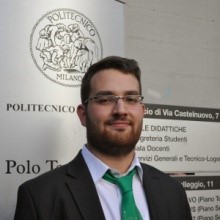Tutorials
PRACTICAL DESIGN SCIENCEPRACTICAL DESIGN SCIENCE (Slides)
5th Tuesday. 09.00 - 12.30 - Place: Europa Room
Research activities in general, and PhD projects in particular, are facing stringent demands in terms of time available and quality of results, e.g. publications. This double pressure requires limiting the idle pursuits and failed attempts during research projects. Today more than ever it is necessary to have a research methodology. In the case of Information Systems and Software Engineering, a method of growing importance is Design Science. Its objective: to ensure both the rigor and the relevance of research prototypes. By "rigor", it is understood that research results are well validated and supported by theories. By "relevance", it is meant that the target problems are of interest for the widest scope possible, avoiding too marginal or local issues. As an Engineering discipline, Web research aims to built artifacts. But, it is the addition of rigor and relevance what will turn those artifacts into design science. Through a running example, the tutorial delves into the distinct stages of the Design Science approach. Distinct case studies are presented.

- Oscar Díaz, Jeremías P. Contell, John R. Venable "Strategic Reading in Design Science: Let Root-Cause Analysis Guide Your Readings". DESRIST2017: 231-246
- Jeremías P. Contell, Oscar Díaz, John R. Venable "DScaffolding: A Tool to Support Learning and Conducting Design Science Research". DESRIST2017: 441-446
Attendees are encouraged to bring their laptops. A demo of the DScaffolding tool will be covered. DScaffolding works on top of Mendeley (www.mendeley.com) and MindMeister (www.mindmeister.com). If possible, please create account on these Web sites.
HTML5
HTML5 (Slides)
5th Tuesday. 14.00 - 17.30 - Place: Europa Room
HTML is the Web’s core language for creating content for everyone to use anywhere. It is the standard markup language used to create Web pages and its elements form the building blocks of all Web sites. The number of elements has increased over the years and the interaction is now much richer than at the beginning. It has evolved into HTML5, the latest version of the language. It has introduced new APIs to support synchronous communication, local information management and many other features that were neglected in previous HTML specifications. But, there are also some elements and APIs that have been removed. As a result, for any person interested on the Web, it is highly recommended to know the current status of the languages and technologies used to build nowadays (and future) Web applications. This tutorial presents and up to date view of the HTML5 standard, showing the evolution of the standard to the current version. The tutorial also includes running examples to present and discuss about the presented concepts.

On his work at the Informatics Research Institute of Albacete (I3A) (Department of Computer Systems, Faculty of Computer Science Engineering) within Interactive Systems Everywhere Research group he developed several projects using HTML technologies to study user interaction.
His current research is about the web, distributed interactions, multi-device environments and how users perform their tasks on nowadays scenarios. Other research fields are collaborative environments and e-Learning.
His main interest is the HTML standard and how it is evolving to support nowadays user interactions. Since 2010, he has been involved in teaching activities within the University of Castilla-La Mancha, with a great interest on how HTML is changing to support nowadays user interactions. On this regard, he taught several subjects in the Master of Web Technologies (2010-2015) related with web development (HTML, XHTML, XML, HTML5 and PHP). In the last years, he is involved on the Degree on Computer Science in several subjects (Human-Computer Interaction and Software Design), also within the University of Castilla-La Mancha.
INTERACTIVE WEB LECTURES WITH ASQ
INTERACTIVE WEB LECTURES WITH ASQ
6th Wednesday. 08.45 - 10.30 and 14:00 - 15.00 - Place: 1st session Europa Room - 2nd session Miguel Hernández Room
ASQ is a Web-based tool to deliver interactive presentations to large audiences so they can participate in active-learning quizzes. Answers from the audience are aggregated and displayed to the presenter in real-time. In this tutorial we will use ASQ to deliver presentations that contain study material and quizzes for a functional course in Web Technologies. Attendees will be able to go through the full cycle of an ASQ presentation: authoring or converting existing PDF presentations, uploading to the ASQ server, starting a live presentation, getting audience members to connect and answer quizzes and going through the answers. The presentations will be written HTML5/CSS3. They will include various types of quizzes that range from simple multiple-choice questions to JavaScript live coding exercises.
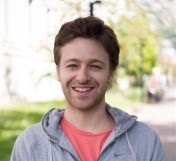
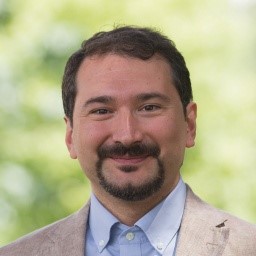
ENGINEERING OF WEB STREAM PROCESSING APPLICATIONS
ENGINEERING OF WEB STREAM PROCESSING APPLICATIONS (Course materials)
6th Wednesday. 15.00 - 15.30 and 16.00 - 18.30 - Place: Miguel Hernández Room
The goal of the tutorial is to outline how to develop and deploy a stream processing application in a web environment in a reproducible way. To this extent, we intend to (1) survey existing research outcomes from the Stream Reasoning /RDF Stream Processing that arise in querying and reasoning on a variety of highly dynamic data, (2) introduce stream reasoning techniques as powerful tools to use when addressing a data-centric problem characterised both by variety and velocity (such as those typically found on the modern Web), (3) present a relevant Web-centric use-case that requires to address simultaneously data velocity and variety, and (4) guide the participants through the development of a Web stream processing application.
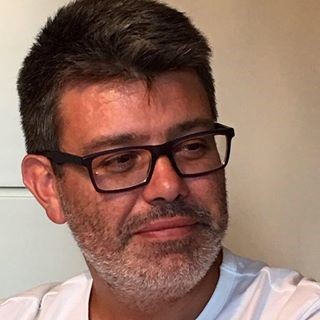

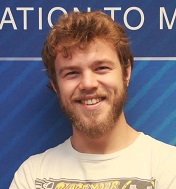

HOW TO COOK AN AGILE WEB BASED MODEL DRIVEN ENVIRONMENT IN A NIGHT
HOW TO COOK AN AGILE WEB BASED MODEL DRIVEN ENVIRONMENT IN A NIGHT (Slides)
7th Thursday. 11.00 - 12.30 and 14:00 - 15.30 - Place: Miguel Hernández Room
This tutorial focuses on the introduction of Model Driven Development (MDD) in real world applications and work-ows. To achieve this task, in particular when Domain Specific Languages (DSLs) are involved, various aspects must be considered, including model editing, verification and transformation. The effort required to build a custom MDD environment can be considered excessive and not worthwhile, especially for small software projects. On the other hand, the adoption of general purpose tools, despite the claims of interoperability, can suffer the so-called vendor lock-in.
A novel approach was presented during ICWE 2017 in the form of the AgiLe MOdel Transformation framework ALMOsT.js, which is an open-source development platform comprising lightweight and modular tools based only on open Web standards, such as JavaScript, HTML, CSS and SVG. This tutorial will present the motivation behind ALMOsT.js, will discuss how such a tool can reduce the friction between developers and the MDD approach, and will guide the audience through the steps required to bootstrap their own MDD projects.
